Reviewed by Julianne Ngirngir
You're scrolling through tech headlines, and suddenly everyone's talking about how the Pixel 10 Pro XL's early benchmarks match Snapdragon 8 Gen 3 performance levels. Cue the predictable chorus of "Google's behind again!" and "overpriced midrange chip!" Sound familiar? Here's the thing: 91.5% of leading businesses invest in AI, and that AI investment surge is exactly why Google's approach makes more sense than traditional metrics suggest. They're playing a completely different game than the raw benchmark wars.
What you need to know:
Early Pixel 10 Pro XL benchmarks show Snapdragon 8 Gen 3 performance levels
Real-world stress tests tell a different story than synthetic benchmarks
Google's focus on AI efficiency over raw power is actually paying off
Why synthetic benchmarks tell only half the story
Let's break it down. Those benchmark numbers everyone's freaking out about? They're measuring the wrong things. Sure, when the Tensor G4 barely beats Tensor G3 in synthetic tests, it looks underwhelming on paper. But here's where it gets interesting: the Pixel 9 Pro XL handily beats the S24 Ultra in real-world stress tests because Samsung's phone got too hot and crashed.
Think of it as the difference between a drag strip and actual driving. The Tensor G4-powered Pixel 9 Pro XL did better than the Samsung Galaxy S24 Ultra when running Microsoft Teams, screen sharing, YouTube PiP, Google Maps, and Asphalt 9 simultaneously. That's not a fluke—that's thermal management done right.
This performance gap becomes even more significant when you consider that research shows synthetic data effectiveness varies depending on task complexity, with simpler benchmarks failing to capture the nuanced performance characteristics that matter during real-world multitasking. The Pixel 10 Pro XL's Tensor G5 chip promises 34% faster CPU performance than the G4, but more importantly, it's designed from the ground up by Google for their specific AI workloads that synthetic tests simply don't measure.
The thermal advantage that benchmark wars ignore
Here's something that synthetic scores completely miss: temperature management. In battery drain tests, both Pixel 9 models had the lowest temperature out of any device tested, touching just 40.9 degrees Celsius. Compare that to the Galaxy S24 Ultra's toasty 50.4 degrees, and you start to see the bigger picture.
Google has a tendency to set different power limits and thermal constraints on its devices, prioritizing sustained performance over peak numbers. The Pixel 9 Pro XL getting a vapor chamber was a key factor in achieving these thermal advantages, creating a direct link between better cooling and improved battery performance.
This thermal advantage translates directly to user experience in ways benchmarks can't capture. The Pixel 9 and Pixel 9 Pro XL lasted for 10 hours and 25 minutes in demanding tests, nearly matching phones with supposedly superior chips. Per Google, the Tensor G4 delivers up to 20 percent better battery life than the G3, and early reports suggest the Tensor G5 will push this thermal efficiency even further. This thermal advantage becomes even more critical during sustained workloads like gaming, where consistent performance matters more than peak numbers.
AI workloads are where Pixels actually shine
But here's the kicker: everyone's measuring the wrong performance metrics. With more than 50% of enterprises planning to spend more on AI and machine learning, the question isn't whether your phone can hit arbitrary benchmark scores—it's whether it can handle AI tasks efficiently.
The Pixel 10 Pro XL will come with Camera Coach that automatically suggests the best framing and lighting, and Super Res options that deploy AI tricks to zoom up to 100 times. Try running those workloads on a benchmark and see what happens.
Google's also offering a free one-year subscription to its AI Pro plan with the Pro models because they know the real value isn't in the raw compute—it's in the AI integration. The Tensor G5's TPU is up to 60% faster than Tensor G4 specifically for these AI workloads that traditional benchmarks don't even test. These AI advantages get even better with the Tensor G5's manufacturing improvements, as TSMC's advanced manufacturing processes address previous heat and battery challenges while making the chip faster and more energy-efficient.
Where the controversy actually leads us
Look, I get it—nobody wants to pay flagship prices for midrange benchmark scores. But the Pixel 10 Pro XL prices remain unchanged from the Pixel 9 generation, starting at $1,200, because Google knows they're not selling raw compute power. They're selling a fundamentally different smartphone experience that prioritizes sustained performance, thermal efficiency, and AI integration over synthetic benchmark victories.
The real controversy isn't about benchmark numbers—it's about whether you value peak synthetic performance or sustained real-world capability. When you combine the Tensor G5's thermal improvements with its AI optimization and Google's focus on consistent performance, you get a device that handles everything you throw at it without breaking a sweat.
By the time the Pixel 10 Pro XL hits stores on August 28, the conversation will shift from "why are the benchmarks low?" to "how does this thing handle everything I throw at it so smoothly?" Because that's what actually matters when you're using a phone for more than running synthetic tests—thermal management, AI efficiency, and sustained performance working together to create an experience that benchmark scores simply can't capture.
PRO TIP: Don't let benchmark headlines drive your upgrade decisions. The most important performance metric is whether the phone handles your actual workloads without breaking a sweat—and early signs suggest the Pixel 10 Pro XL will excel at exactly that.








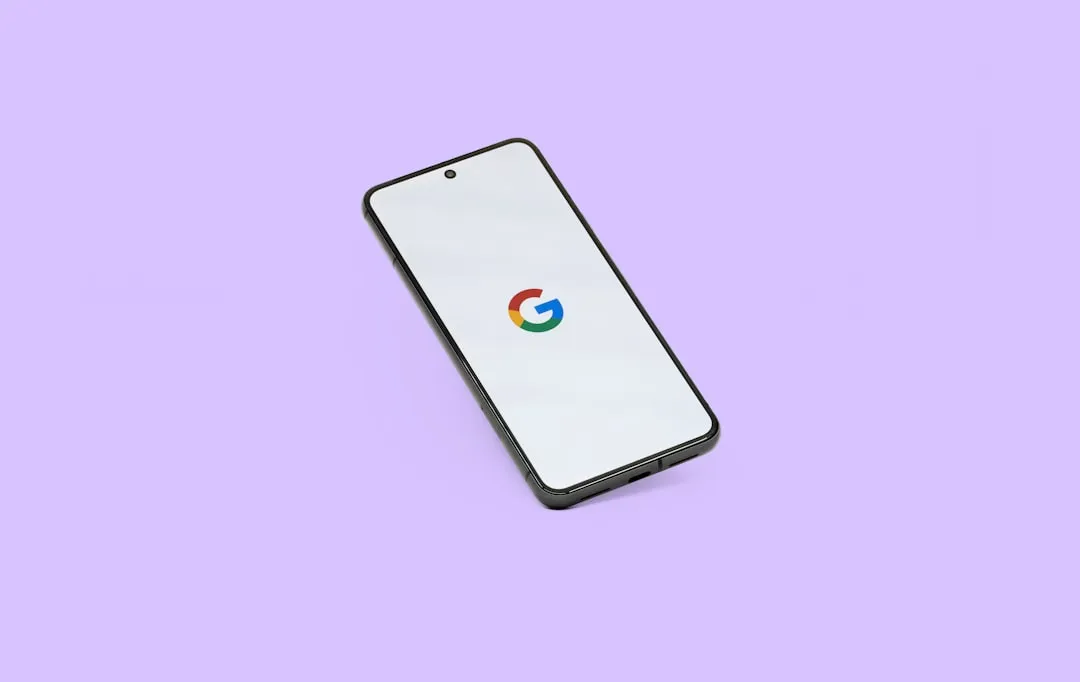

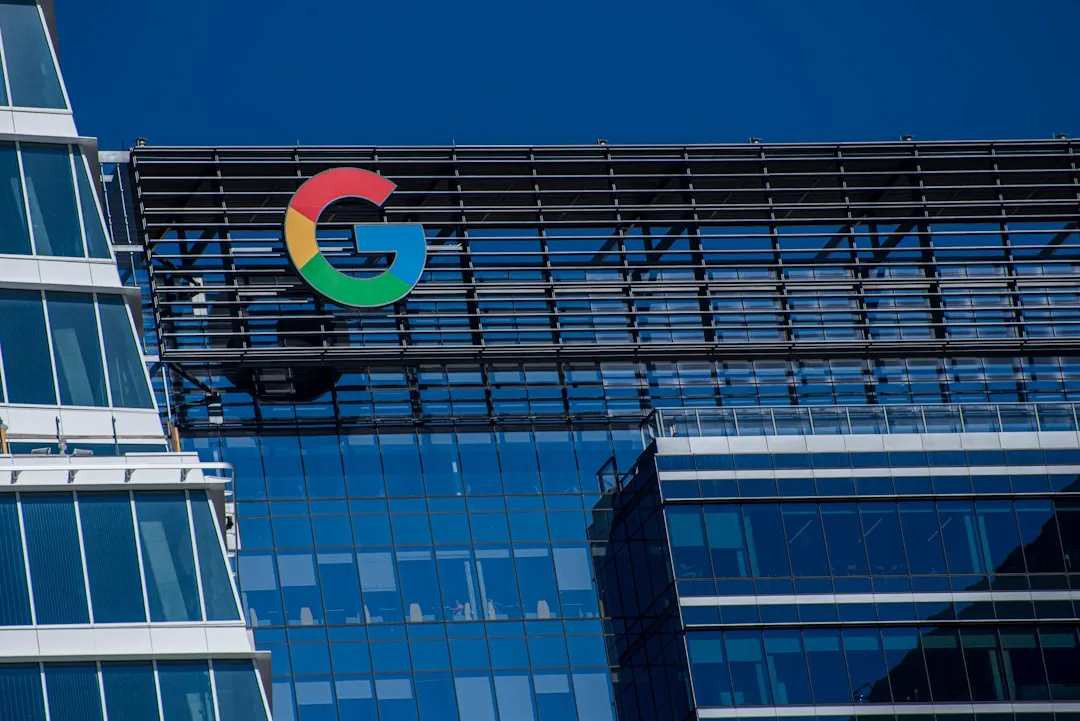
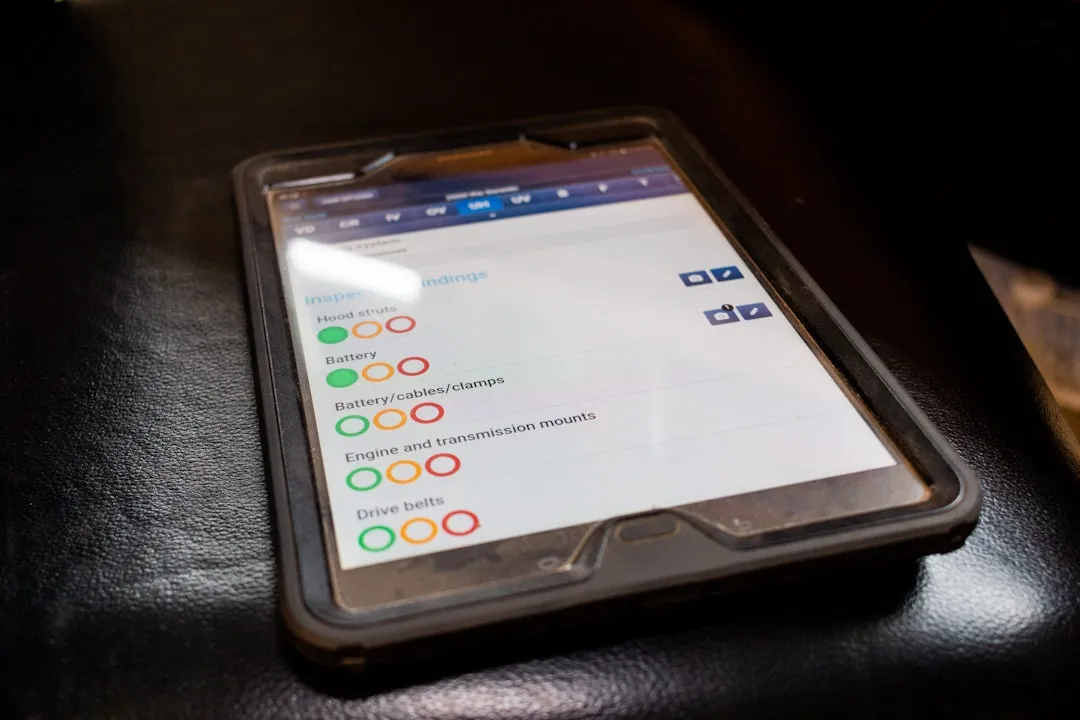







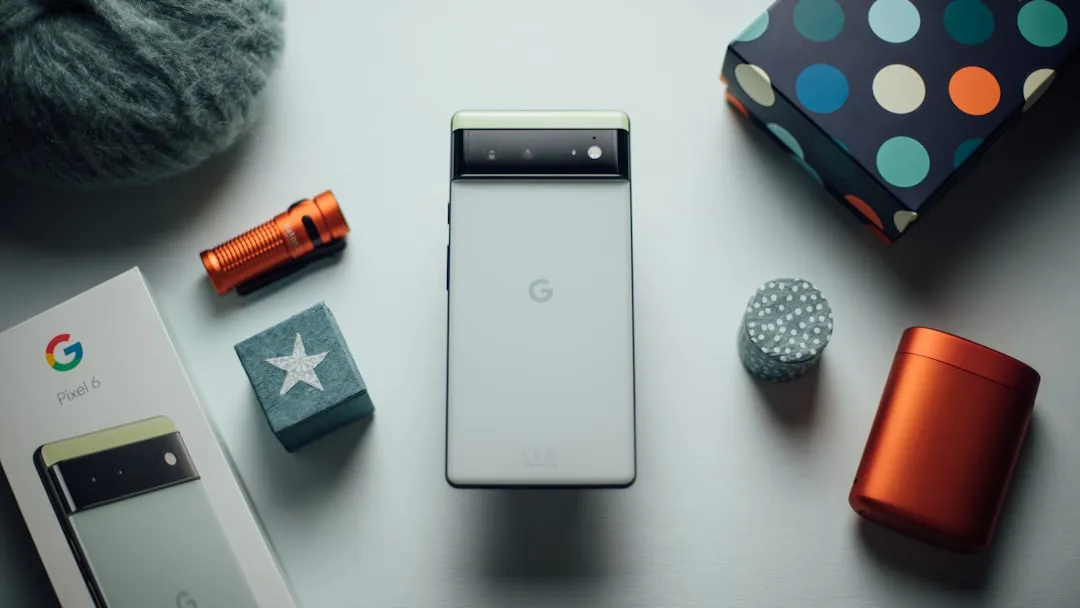

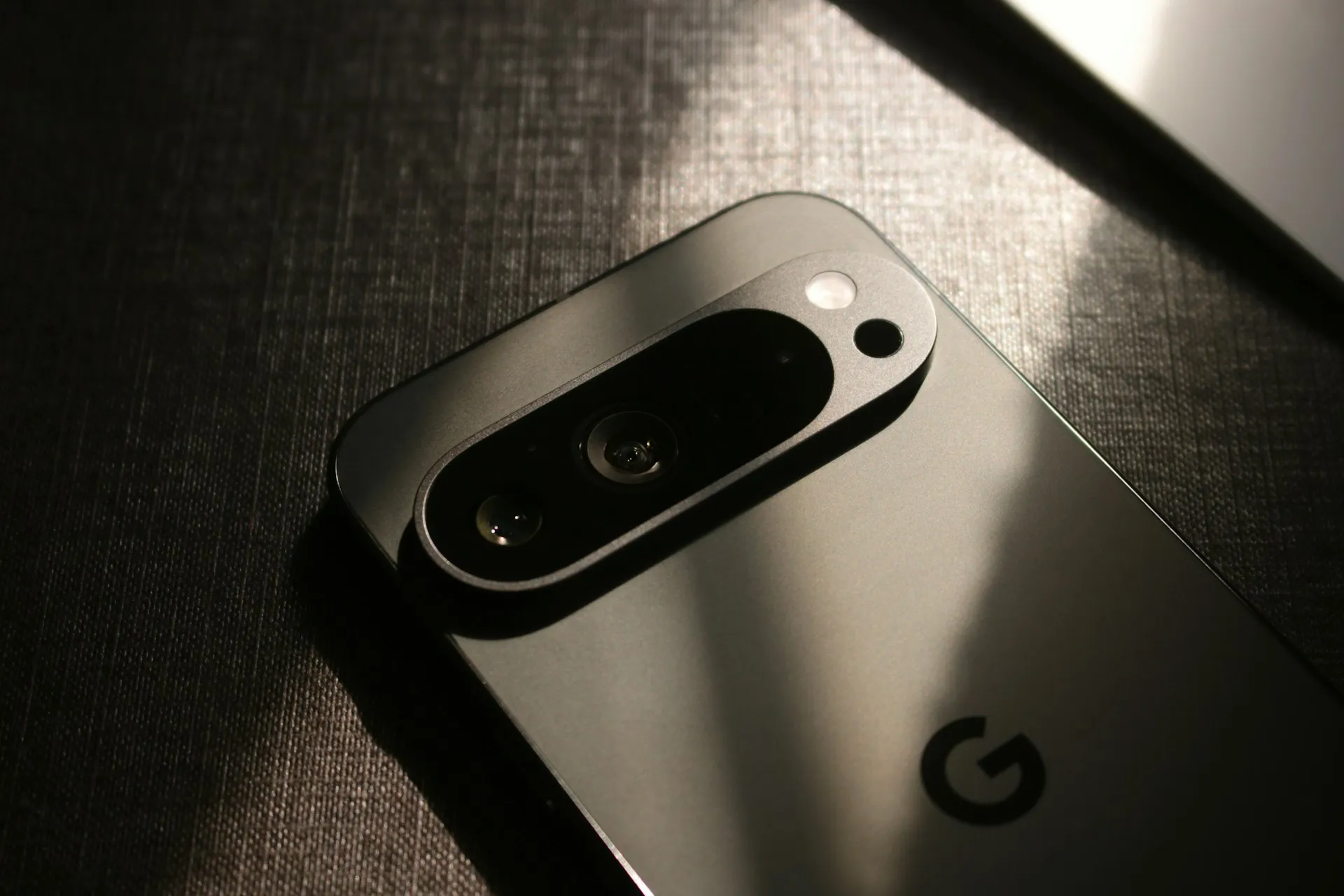
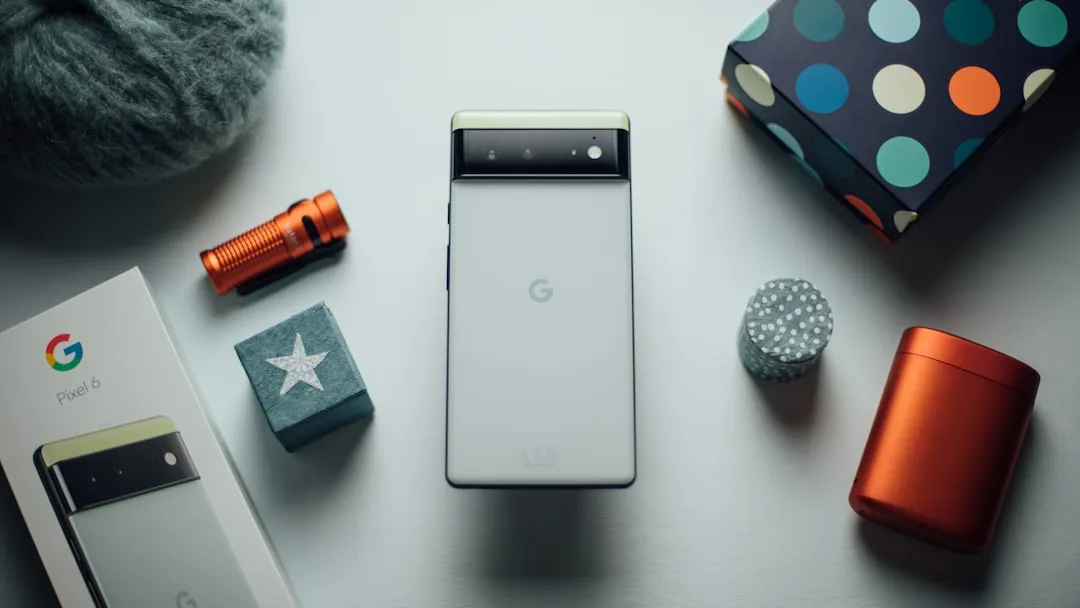
Comments
Be the first, drop a comment!